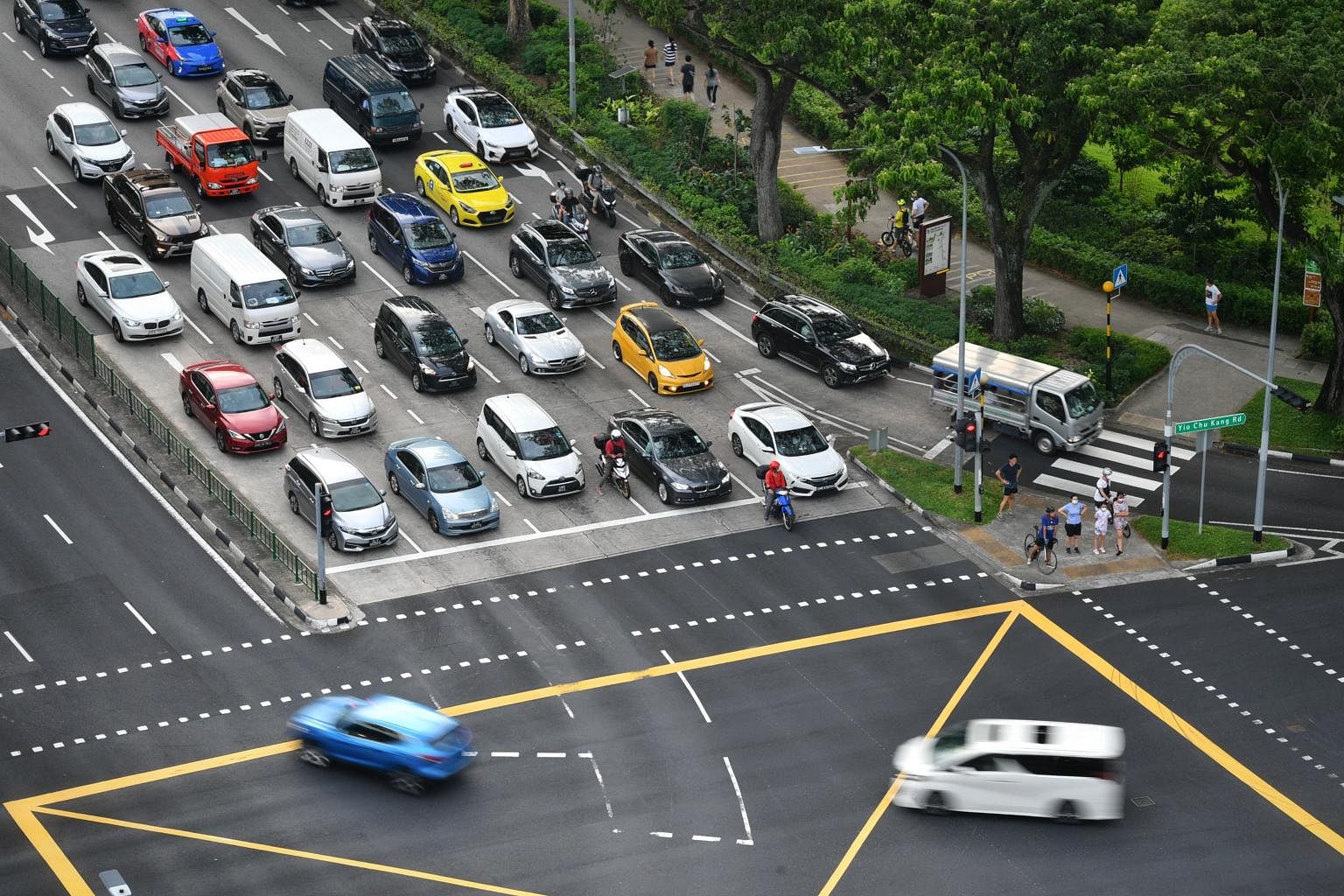Torque Shop: Differentials in cars
Sign up now: Get ST's newsletters delivered to your inbox

There are some cars which have a locking differential and some with an electronic differential.
PHOTO: ST FILE
Follow topic:
What is a differential? There are some cars which have a locking differential and some with an electronic differential. Can you help clarify these terms? Any motor vehicle which has at least two driven wheels requires a differential. It allows different wheel speeds in a curve - since the outer wheel travels a longer arc than the inner one, it has to spin faster.
The increase in speed of the outer wheel is exactly equal to the amount by which the speed of the inner wheel is reduced. In other words, if the outer wheel speeds up by 100rpm, the inner wheel will slow down by 100rpm.
Because of the differential's ability to allow speed difference, in some extreme situations such as if one wheel is stuck in soft mud, there could be a problem. The wheel in the mud would spin away while the other wheel would stay at zero speed.
The locking differential is designed to enhance traction and dynamic safety by limiting the magnitude of speed difference.
The original limited-slip differential (LSD) was purely mechanical. Its internal arrangement incorporated a set of clutch plates that would be gradually forced together in proportion to the left-right speed difference, thus greatly minimising wheelspin and effectively transferring drive to the wheel with a higher surface grip.
Thanks to anti-locking brake systems and high-performance electronics, one method of reducing the speed difference between the two driven wheels is to actuate the brake on just one wheel. Power is then diverted to the other wheel.
In a front-wheel-drive car with such an electronic selective braking control, turn-in is sharper and understeer is significantly reduced. Although often called "electronic differential", there is no mechanical or electronic device involved. The latest Volkswagen Golf 8 has such a system.
A more sophisticated variety still employs a multi-plate clutch. A motorised hydraulic pump applies varying pressures to the clutch pack based on information received from the dynamic sensors.
This type of electronically controlled differential locking system works with a high degree of accuracy, while also being far smoother in operation than the traditional mechanical LSD.

